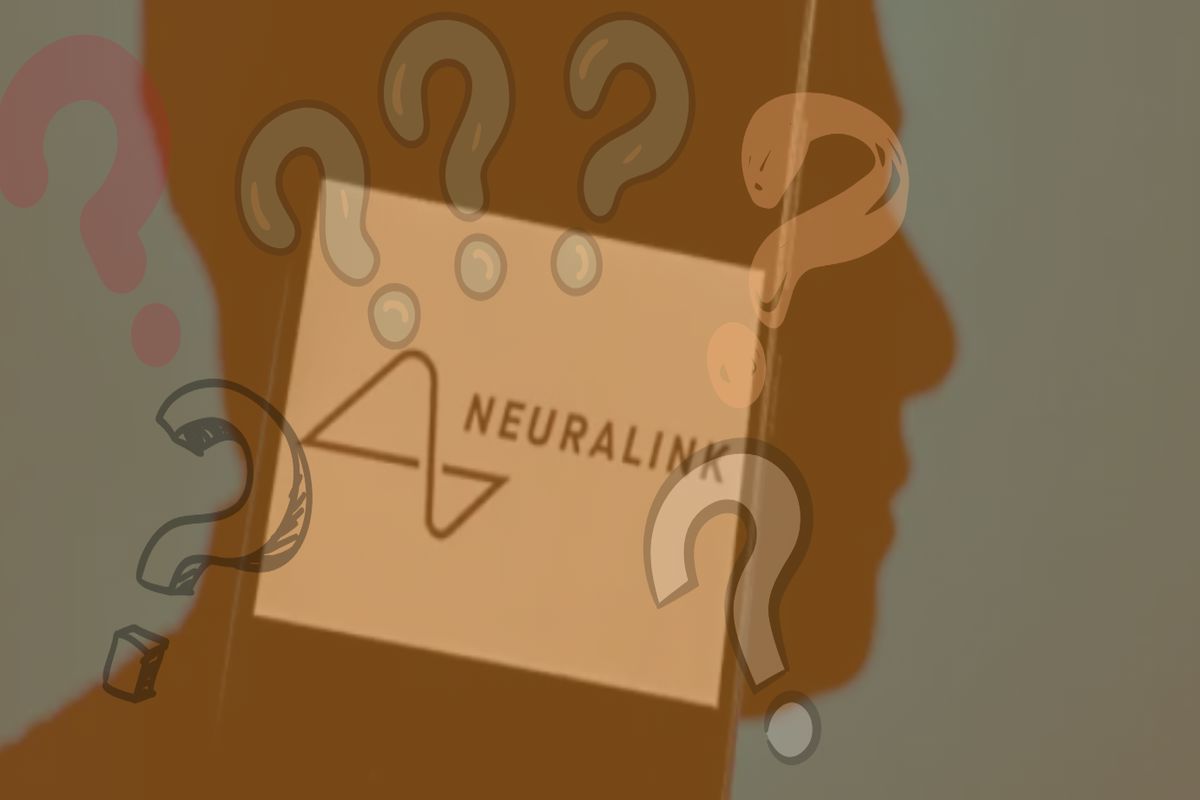How Neuralink Plans to Help Paraplegic Patients
In a groundbreaking advancement for medical technology, Neuralink’s brain-computer interface (BCI) presents new hope for paraplegic patients. The company’s innovative approach to treating paralysis through brain chip technology has captured the attention of the medical community and patients alike.
Understanding Neuralink’s Solution for Paraplegia
Neuralink’s brain implant technology offers a revolutionary approach to treating paraplegic patients. The system uses a sophisticated brain chip that connects directly to neural pathways, potentially allowing individuals with spinal cord injuries to regain control over their movements. For paraplegic patients, this technology represents a significant leap forward in treatment options.
The Brain Chip Implementation Process
The implementation of Neuralink’s brain chip for paraplegic patients involves several key steps:
- Surgical Implantation: Using advanced robotics, surgeons precisely place the coin-sized device into the brain’s motor cortex.
- Neural Connection: Thousands of microscopic threads connect the chip to specific neurons responsible for movement.
- Signal Processing: The device interprets neural signals that indicate intended movements.
- External Device Communication: These signals are then transmitted to external devices or assistive technology.
Early Success Stories and Clinical Trials
The first human trials of Neuralink’s brain chip technology have shown promising results. In early 2024, the company successfully implanted its first device in a patient with paralysis. This milestone achievement demonstrated the potential of brain chip technology for paraplegic patients, with the recipient showing remarkable progress in controlling external devices through thought alone.

Benefits for Paraplegic Patients
Neuralink’s brain chip technology offers several potential advantages for individuals with paraplegia:
Movement Control
- Direct neural interface allows for potential control of assistive devices
- Possibility of regaining some voluntary movement
- Enhanced independence in daily activities
Communication Improvements
- Better control over communication devices
- More natural interaction with technology
- Reduced dependency on caregivers
Quality of Life Enhancement
- Increased autonomy
- Improved emotional well-being
- Greater participation in daily activities
Technical Aspects of the Brain-Computer Interface
The success of Neuralink’s approach for paraplegic patients relies on sophisticated technology:
- High-Resolution Neural Recording: The device captures detailed brain activity patterns
- Advanced Signal Processing: Complex algorithms interpret neural signals in real-time
- Wireless Communication: Seamless data transmission between the brain chip and external devices
- Adaptive Learning: The system improves its interpretation of signals over time
Future Prospects and Development
The future of brain chip technology for paraplegic patients looks promising. Neuralink continues to refine its technology and expand its applications. Research suggests that future iterations of the brain chip might offer even more sophisticated control and functionality for individuals with paralysis.
Safety and Considerations
While the potential benefits are significant, several important factors are considered:
- Rigorous safety protocols during implantation
- Continuous monitoring of device performance
- Regular assessment of patient progress
- Long-term impact evaluation
The Impact on Paraplegia Treatment
Neuralink’s brain chip technology represents a paradigm shift in treating paraplegia. By directly addressing neural communication, this approach offers hope for individuals who previously had limited treatment options. The technology’s ability to restore some degree of movement control could dramatically improve the lives of paraplegic patients.
Looking Ahead
As Neuralink continues to develop its brain chip technology, the future looks increasingly promising for paraplegic patients. Ongoing research and development may lead to even more advanced capabilities and improved outcomes for individuals with spinal cord injuries.
Conclusion
Neuralink’s innovative approach to treating paraplegia through brain chip technology represents a significant advancement in medical science. For paraplegic patients, this technology offers new hope and possibilities for improved mobility and independence. As clinical trials progress and the technology evolves, we may be witnessing the beginning of a new era in paralysis treatment.
There is a Legal Notices page containing important legal information about this website. Please click here to read this page.
Share this content:






















Post Comment